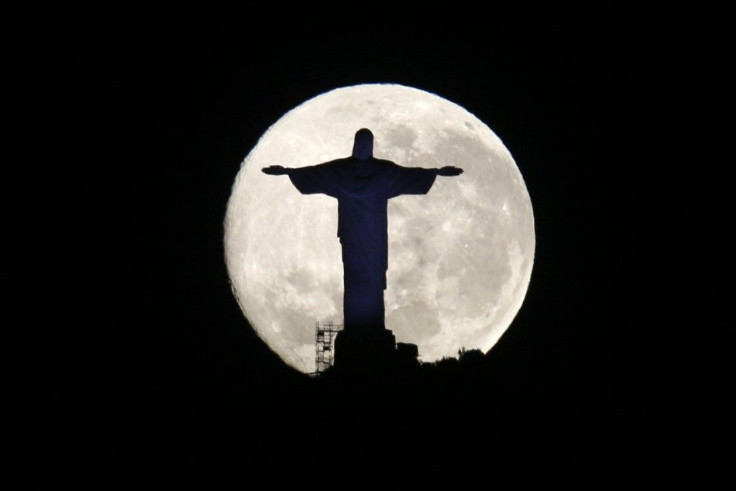Astronomical Events In February 2015: Full Moon, New Moon, Opposition, Conjunctions Plus Other Spectacular Sky Events

Mark your calendars, sky watchers! February 2015 sky will provide great opportunity to observe some interesting sky events with spectacular views. Here is a guide to all the important astronomical events occurring in the second month of the New Year. Also, find out how, when and where to spot the planets visible on sky in February.
Full Moon: Sea and Sky's Astronomy Calendar for Celestial Events for Calendar Year 2015 notes that the full moon occurs on Tuesday, Feb. 3, 2015. The moon will be positioned directly opposite to the Earth from the sun. The moon reaches its full phase at 23:09 UTC. According to the website, the February full moon is also known as Full Snow Moon and Full Hunger Moon.
New Moon: The New Moon occurs on Feb. 3, 2015. According to SeaSky.org, the astronomical event will reach its peak at 23:47 UTC when the moon will be positioned directly between the Earth and the Sun. It is said to be the time of the month that provides the best view of the objects that are otherwise not visible due to the moonlight. Astronomy enthusiasts are suggested to make the best of this opportunity.
Jupiter in opposition: Jupiter will be at its closest approach to the Earth at the distance of 404 million miles on Feb. 6, 2015. According to EarthSky.org, during this astronomical event “Earth passes more or less between the sun and Jupiter, placing Jupiter opposite the sun in our sky.” The next time Jupiter will come closest to Earth is in 2019. Sky gazers can use binoculars or telescope to observe Jupiter and its moons.
Conjunctions: February sky will see two conjunctions. It is the astronomical event when two celestial bodies appear to be closely located when seen from the Earth. According to Sky and Telescope, the first conjunction occurs on Feb. 3, 2015 when full moon and Jupiter will ascend together in the evening sky in the eastern horizon. They’ll appear to be “separated by about 5 degrees.” The second conjunction occurs on Feb. 21 when Venus and Mars will rise together in the lower western horizon.
According to Space.com, Mercury will reach its greatest elongation toward the west on Feb, 24 at the daybreak. The astronomical event will be observable to those in Southern Hemisphere. The website has listed 18 astronomical events occurring in February 2015 sky. Read the full list here.
As for those who want to observe the planets, look for Venus shining bright in the west after sunset according to Earth Sky. Sky gazers can locate Mars in the western horizon as the sun goes down. Jupiter will remain easily visible in the night sky throughout the month and Saturn can be located just before the sunrise in southeast. Watch out for Mercury during the early morning hours.
For questions/comments regarding the article, you may e-mail the writer at j.kaur@IBTimes.com.au.






